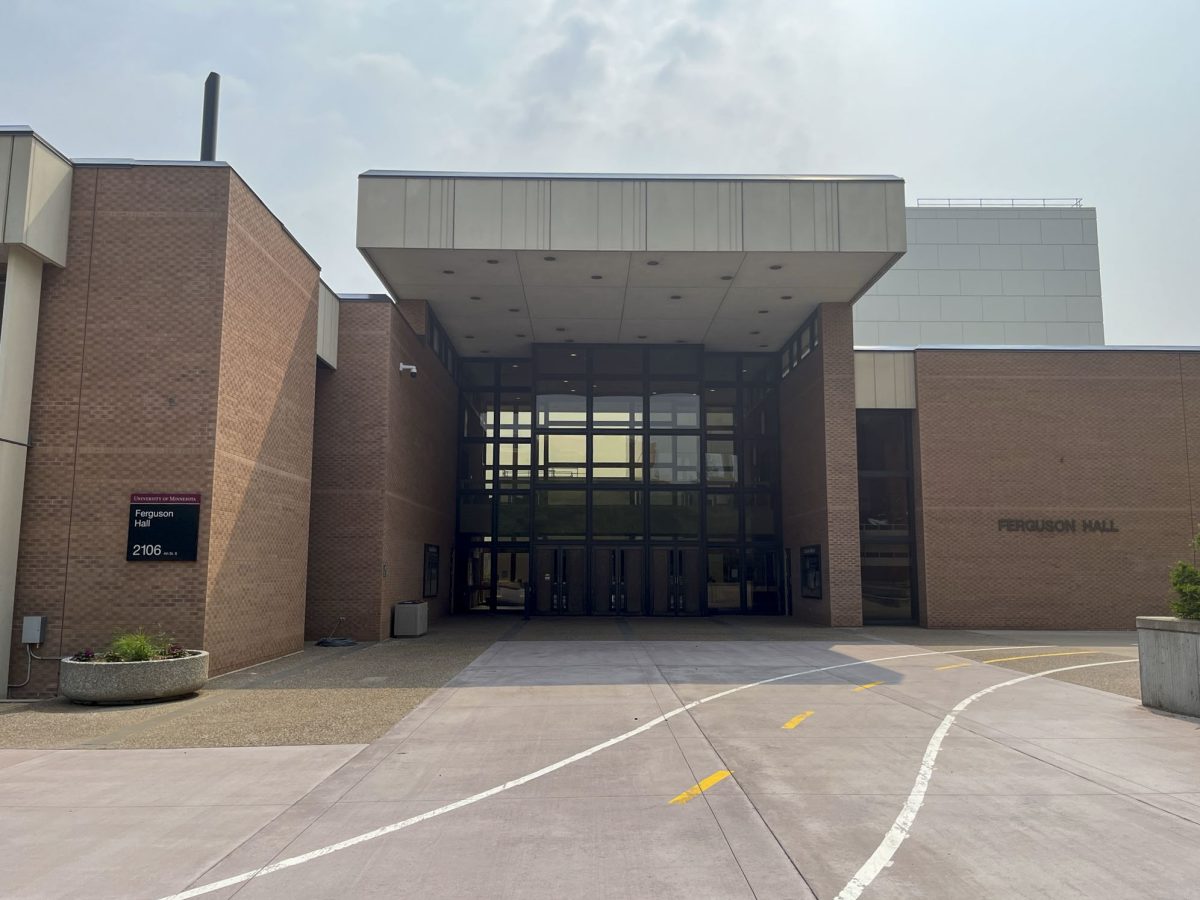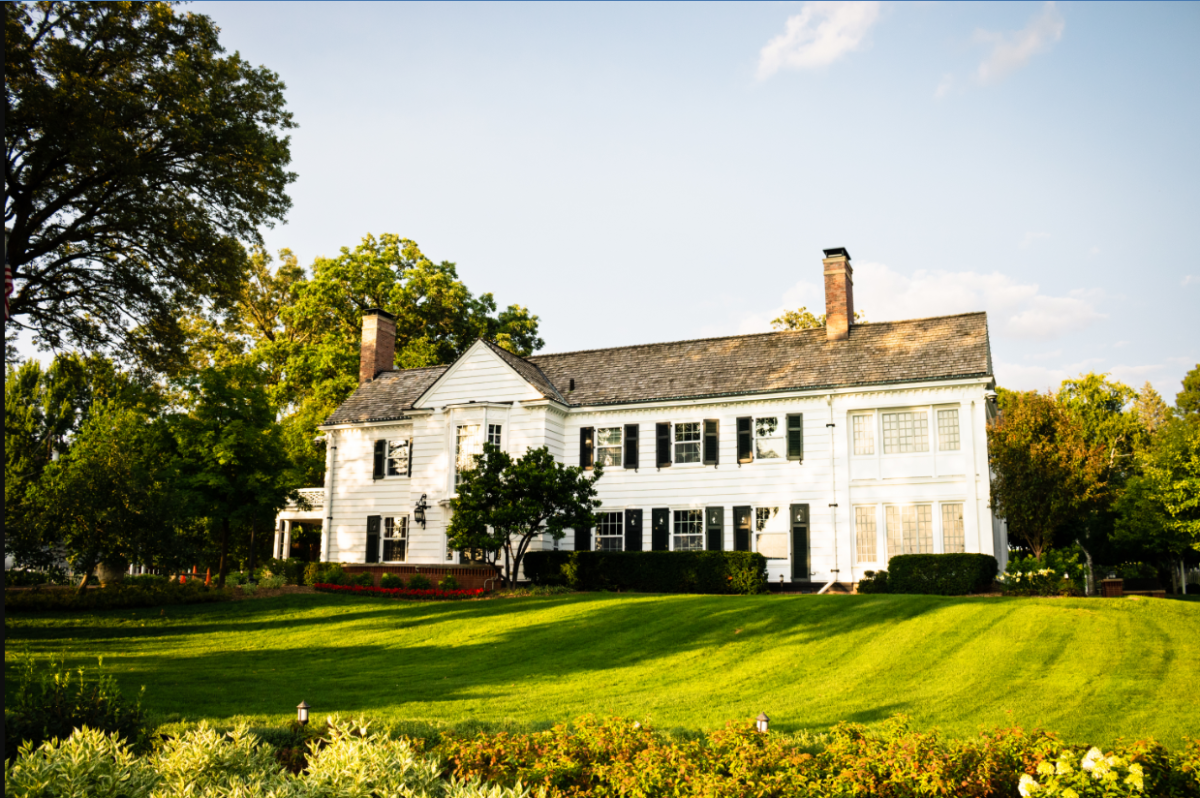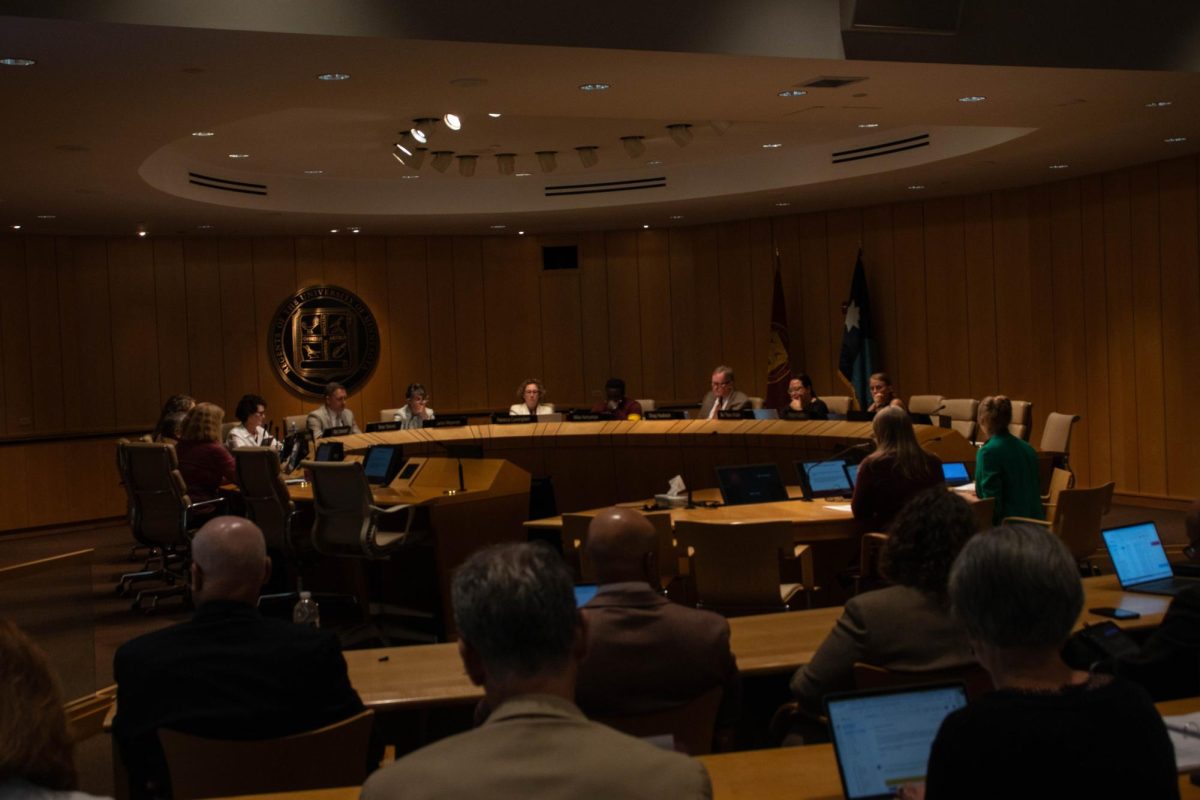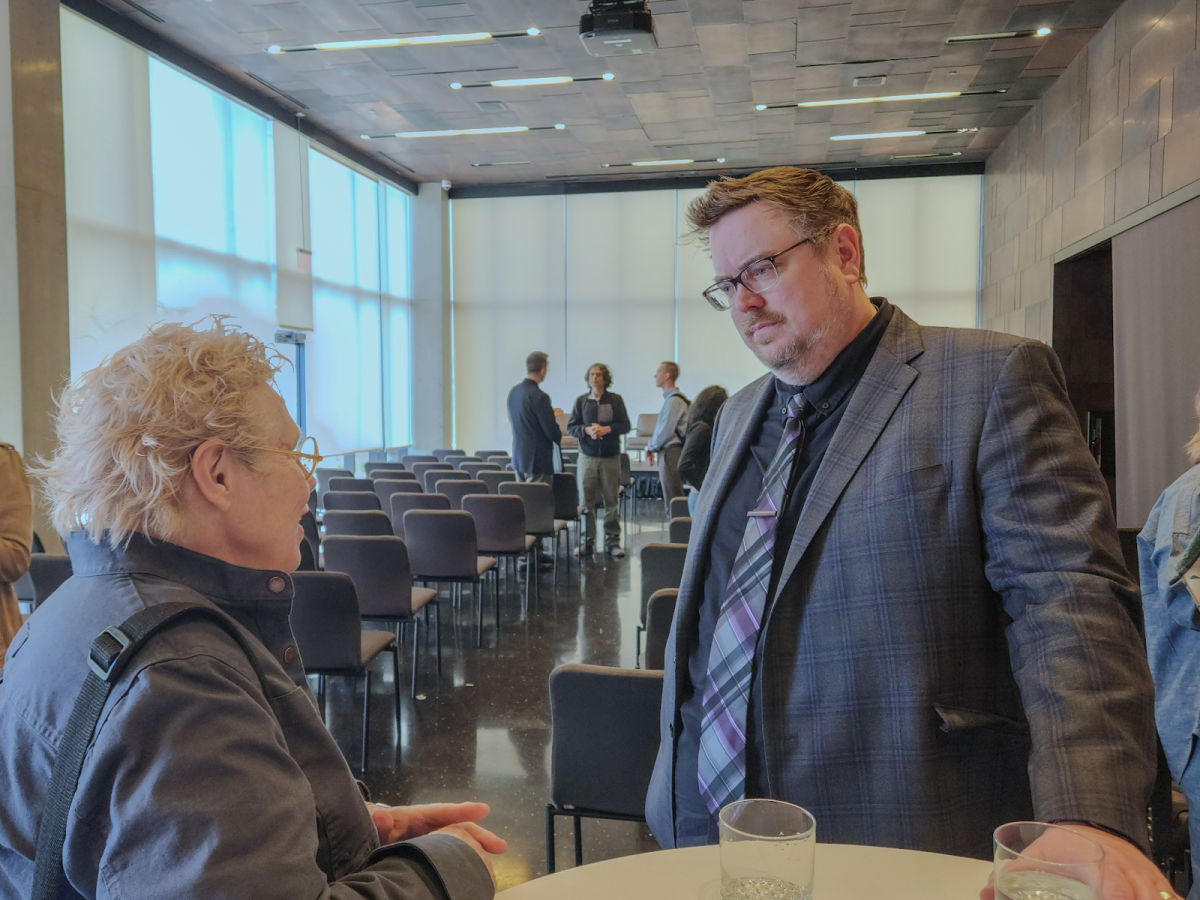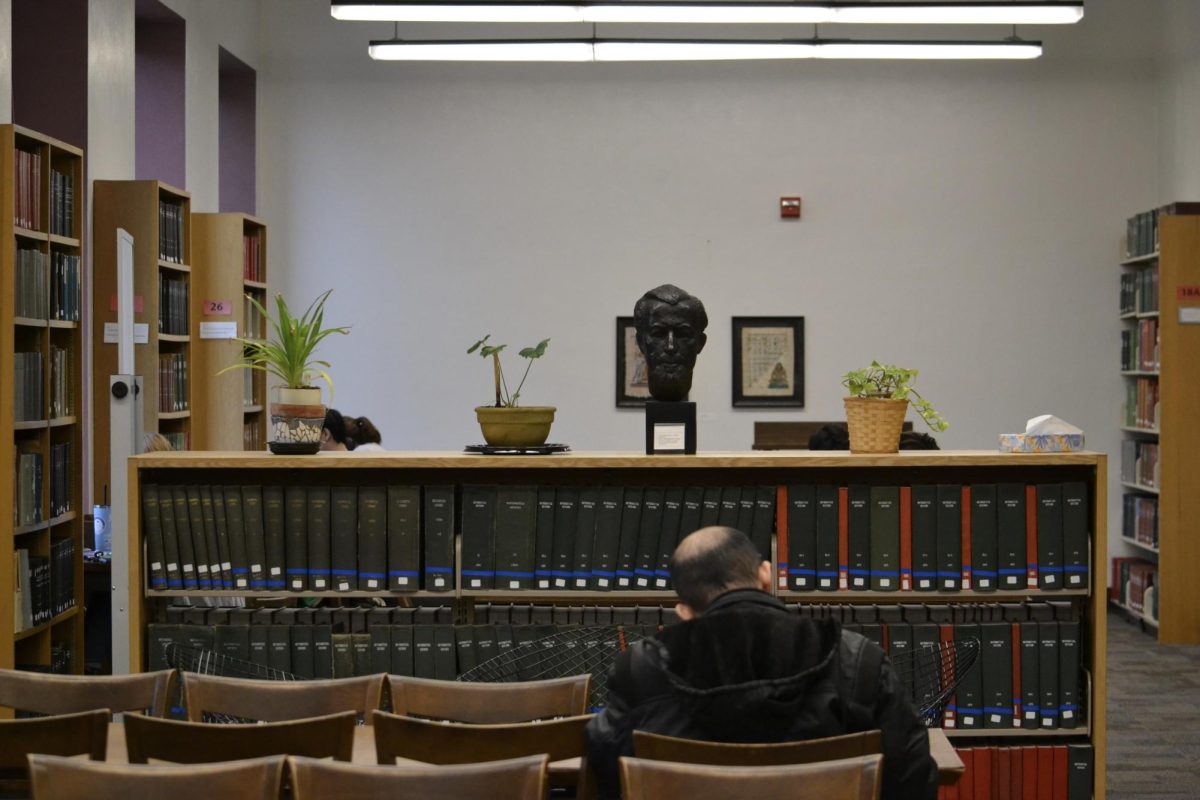The University of Minnesota School of Music faculty have been advocating to add more diverse music courses to their curriculum in the coming years.
While the School of Music (SoM) has expanded its offerings beyond its initial focus on Western classical music, faculty want to see more opportunities for students to learn about music from many other cultures.
According to Maja Radovanlija, a guitar instructor at the SoM, the field of music is changing and it is important to let students explore music beyond classical, written music.
“I think the most practical thing is there will be more jobs for them,” Radovanlija said. “It just opens up many possibilities for students.”
While there are opportunities for students to learn about non-Western music at the SoM, the current core curriculum for music majors is focused on Western classical music.
Many of the required classes cover information about different types of music, and there is no non-Western music curriculum requirement for music majors.
As it exists today, the core curriculum – specifically as it applies to the music theory degree requirement – gives students the choice to take classes on non-Western music after completing two semesters of fundamentals, said Patrick Warfield, the new director of the SoM. Warfield joined the SoM in May. These fundamentals refer to Western European music history and Western music theory.
These fundamentals refer to Western European music history and Western music theory.
Western classical music is music from Europe, such as Bach or Mozart. Western classical is a branch of Western music, which includes other genres like pop or jazz. Non-Western music is music from other places and cultures around the world, outside of Europe and other Western nations.
“Those choices include post-tonal analysis, analysis of 19th- and 20th-century art music, but also jazz theory and popular music theory,” Warfield said. “So students, while not required to take one of those courses, have an opportunity to move through those pathways.”
Areas for improvement
Warfield said the structures of music schools throughout the country were built around Western classical music.
“I would go a step further and say they were really around the re-creation of the classics of Western classical music,” Warfield said.
As a result, the SoM at the University was not originally structured to support education outside of Western classical music. It was not until later that music schools began to re-examine the way they operate, Warfield said.
“In some ways, the rumbling started in the eighties, but it didn’t pick up speed until 2010 or so, to think about how we re-align schools of music to be more about teaching students to participate in music as opposed to being experts in one corner of music,” Warfield said. “Every school of music in the country is struggling with how you do that.”
While the SoM has a full Javanese Gamelan, an ensemble made up of mostly percussion instruments, and has offered the ensemble in the past, the SoM has not offered the ensemble since spring 2021, according to University schedules.
“This vast, expensive, heavy instrument, that can accommodate dozens of students and could be a vehicle for teaching students about other ways of life, other ways of hearing music, is gathering dust in the basement,” said Matt Rahaim, a professor in the School of Music’s Global Creative Studies division. “I think that’s a powerful symbol of the lack of investment in musics outside of the Western tradition here.”
The Minnesota Daily submitted a data request and reached out to the University to get the SoM budget but did not receive it in time for publication.
The SoM has not historically been focused in teaching non-Western music, according to Rahaim. As a result, Rahaim is the only tenure-line professor in ethnomusicology at the SoM.
“I end up stretching to teach as many things as students want,” Rahaim said.
According to Rahaim, the current curriculum for music majors is narrow and does not sufficiently include education in non-Western music. There are currently six professors who teach global creative studies within SoM, nine including musicologists/ethnomusicologists. Ethnomusicology is the study of music from all over the world within its social and cultural contexts.
“The institutional commitments of the School of Music are extremely focused, even compared to other schools of music, on the Western classical tradition,” Rahaim said. “I think that should change.”
Other leading schools’ music programs – such as the University of California, Los Angeles (UCLA), Indiana University and Wesleyan University – offer a broader range of opportunities for students to learn about non-Western music, according to Rahaim.
UCLA has the largest ethnomusicology program in the country. According to Roger Savage, a professor and chair of ethnomusicology at UCLA, the history of ethnomusicology and the creation of the Herb Alpert School of Music (HAS) starts with a change to the department structure in the 90s.
The restructuring resulted in the creation of three different music-oriented departments located in two different schools, according to Savage.
“Herb Alpert provided extremely generous funding to create a school of music,” Savage said. “This took some time, because initially it was called a virtual school, and it sort of existed in virtual reality. Institutionally, these departments still were housed in separate units.”
The HAS was formally established in 2016. However, the resources UCLA has to fund its music programs are greater than what the University of Minnesota currently has access to.
The SoM does, however, have an endowed fund that was created “in order to support instruction in popular musical styles by the” SoM, according to Clayton Smith, Interim Director of Development at the College of Liberal Arts. The Johannes Riedel Fund for Non-Classical Music was endowed two years ago and named after the former SoM professor.
The fund includes opportunities for non-classical guest artists or lectures to come to the school and work with students’ “musical competencies,” according to Smith. The fund’s goal is aimed at increasing those competencies, as well as increasing students’ ideas of what is possible for a music career.
Concerts of Syrian oud and Indian sarangi music, as well as Ojibwe, Lakota, and Saanich song, have been funded by the fund.
“The Riedel Fund is the most substantive change in the funding of World Music at UMN in over 20 years,” Rahaim said. “It’s notable that the Riedel Fund was founded by a conscientious former student, compelled by a broader vision of what a School of Music can be. It’s thrilling to think of how this School of Music could grow with proper funding.”
Importance of funding
UCLA was able to found the HAS with a $30 million donation from the Herb Alpert Foundation in 2007, according to Savage. Without this funding and push to create a physical school, the music programs – including ethnomusicology – would have remained separated in their previous colleges and departments.
According to Warfield, UCLA is ahead of other music schools in terms of having more options, in part due to their location and finances.
“When you completely blow it up and redo it, you have completely new opportunities,” Warfield said.
According to Rahaim, the ability of the SoM to offer a more expansive music curriculum is tied to the budget.
“If you want to know about an institution’s priorities, look at how they choose to spend the money they do have,” Rahaim said.
According to Warfield, the SoM only has a certain amount of money, including endowments and director’s discretionary funds, to pay for existing programs and any potential new courses.
“We’re running a pretty tight budget and there is not a whole lot of breathing room,” Warfield said.
Without large financial resources, a restructuring of the SoM to include non-Western music courses in the core curriculum would be difficult. When analyzing the budget for the SoM, it can be difficult to differentiate Western classical music curriculum from non-Western music curriculum, according to Warfield.
This is because some classes, such as History of Western Music III, the last required course in the history of music requirement, include information on the history of African-American musical traditions and the globalization of music.
Regardless, Warfield said he is still hoping to grow existing opportunities and create new ones for students to engage in a diverse range of musical traditions.
“It’s right to push schools of music to move more rapidly, there are structural things that make it difficult to make that movement,” Warfield said. “I would not have come to the University of Minnesota if I didn’t already see some of that work happening and I wasn’t convinced it couldn’t happen more effectively.”
Existing non-Western music opportunities
The SoM does offer ensembles focusing on non-Western music, such as the Gospel Choir, the West African Music Ensemble, Steel Pan Ensemble, the World Music Ensemble and jazz ensembles as ways students can get involved in non-classical music, said SoM ethnomusicologist and associate professor Scott Currie.
“In terms of playing, the students today have at least as many opportunities to engage with musics from all over the world as they ever have,” Currie said.
Currie added that COVID-19 caused problems for all the music ensembles on campus, but student interest in the non-classical ensembles has seemingly increased.
“I’m really encouraged by how fast student interest has bounced back,” Currie said. “Overall, the trend I think has been very positive and I think more and more students are seeking out musics outside the tried and true Western canon.”
Currie is also the director of the International Summer Institute for Reggae Studies. The program, which started in 2019, covers Jamaican music history, ensembles performance in different reggae styles as well as seminars led by researchers and performers.
Currently, students can take classes on the theory and practice of different African diasporas, South Asian traditions and more, along with other small seminars, Currie said.
“We embrace a fairly diverse set of musical traditions given the relatively small size of the faculty here,” Currie said.
When it comes to the core curriculum, students have the opportunity to fulfill different degree requirements with classes in jazz theory and improvisation, as well as an academic emphasis on ethnomusicology and electives in world music or modern music.
When he was initially looking to become the director of the SoM, Warfield said the existing opportunities for students to engage in all types of music signaled to him the school had room to grow.
“There’s a pretty robust space beyond the most typical European music opportunities already existing, they weren’t always elevated all that well but were interested in moving forward,” Warfield said.
Moving forward
Warfield said going forward, if the SoM wants to provide new and diverse courses for students, the biggest concern will be finding the money to pay for these courses. However, the SoM also needs to amplify better the opportunities that already exist for students.
“I would say my biggest concern is, I would have a hard time paying for the courses I’m required to offer. I think more is going to be challenging,” Warfield said.
The SoM is meeting with community groups to get more involved in the Twin Cities music community – groups such as VocalEssence, the St. Paul Chamber Orchestra, the Minnesota Orchestra and the Cedar Cultural Center – according to Warfield.
“My big interests are around community engagement,” Warfield said. “I think young musicians, young artists, so much of their lives is around performing for and with people out in the world, and the more they can do that while they’re students the better prepared they are to jump in.”
The world of music is very large and there is always a lot going on and changing, Rahaim said.
“To call yourself a musician in the 21st century requires this broader sense of empathy, understanding, listening, the ability to play with musicians who go beyond what’s written on the page,” Rahaim said.
According to Currie, educating students in a diverse range of music is important beyond the classroom.
“There’s really nothing I’ve ever seen in life besides maybe food that brings people together [like music],” Currie said. “People are very attached to the music they consider their own, and if you respect that and ask them about it, you’re already halfway to a relationship.”
This article has been updated.
Correction: The original article incorrectly cited the source for its information regarding the Javanese Gamelan. The information came from a University schedule.
Correction: The original article gave the wrong title to Rahaim. He is a professor in the School of Music’s Global Creative Studies division.
Correction: The original publication of this article included an incorrect quote from Rahaim. Instead, he said “To call yourself a musician in the 21st century requires this broader sense of empathy, understanding, listening, the ability to play with musicians who go beyond what’s written on the page.”
Correction: The original article had taken a quote from Rahaim out of context. Instead, he said “If you want to know about an institution’s priorities, look at how they choose to spend the money they do have.”
Clarification: The original article included sparse information regarding the fundamentals of Western music curriculum. It often includes Western European music history and Western music theory.










